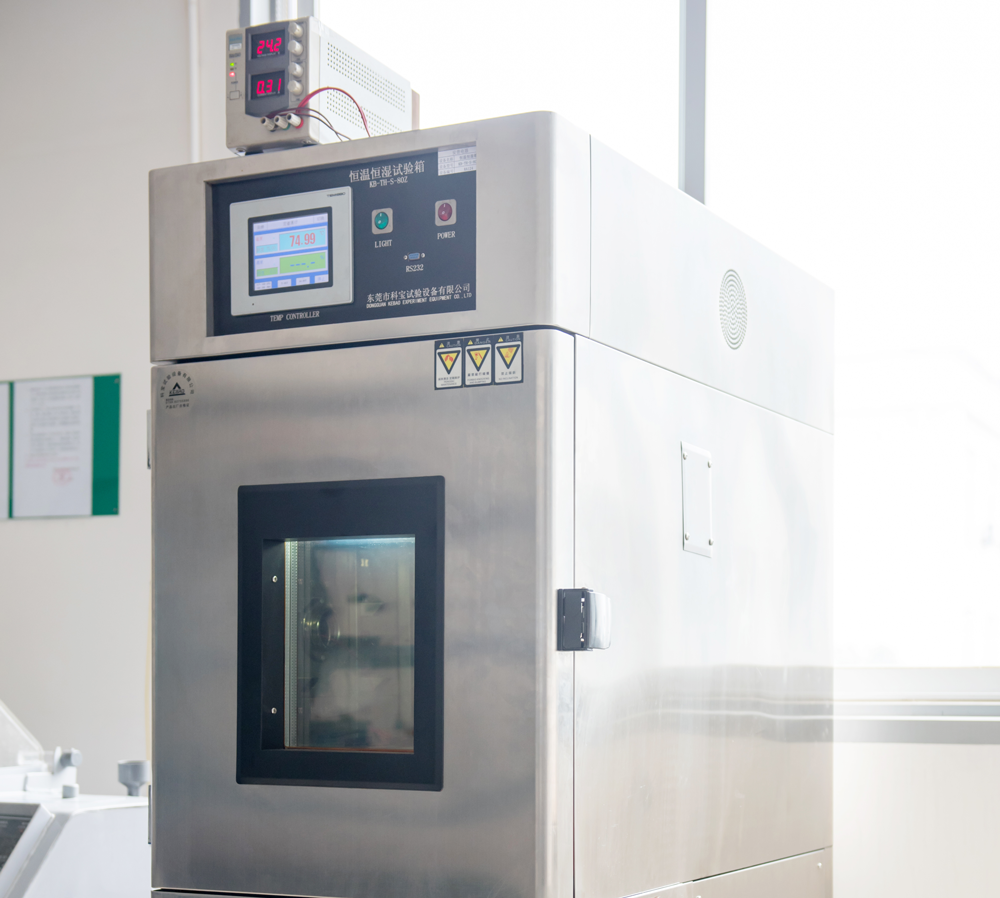DC cooling fans play a crucial role in modern electronic devices by effectively dissipating heat generated during operation, ensuring stable device performance and extending lifespan. Therefore, evaluating the heat dissipation effectiveness and capability of cooling fans is essential to ensure the long-term reliability of the equipment. This article will discuss testing methods, comprehensive evaluations, and selection recommendations to help users scientifically assess fan performance and select the most suitable fan.
Heat Dissipation Performance Testing Methods
- Surface Temperature TestUsing an infrared thermometer, measure the surface temperature of the device during fan operation. Record the temperature variation on the surface. An ideal cooling fan should effectively lower the device's surface temperature, especially under high load conditions. If the device's surface temperature stabilizes within a reasonable range, it indicates the fan's good heat dissipation performance.
- Temperature Drop TestAfter the device has been running for a certain period, record the temperature changes of key internal components. Compare this to the temperature without the cooling fan to measure the degree of temperature reduction. The larger the temperature drop, the more effective the fan is in reducing internal heat load and ensuring proper device operation.

Heat Dissipation Capacity Testing Methods
- Calorimeter MethodThe calorimeter method is a commonly used technique to measure a fan’s heat dissipation capacity. By placing the calorimeter at the fan’s outlet, you can measure the heat discharged by the fan over a set period. This method provides direct data on the fan’s heat dissipation performance, allowing for an assessment of the fan's thermal energy discharge efficiency. Choosing the right fan for different devices and applications can effectively improve the cooling capacity.
- Airflow and Air Volume MethodThis method estimates the fan’s heat dissipation capacity by measuring airflow speed and volume, along with the fan's power. Typically, this requires a professional wind tunnel for precise measurements. By analyzing the fan’s airflow performance under different operational conditions, its cooling capacity can be estimated. This method is suitable for testing environments with high performance requirements.
Comprehensive Evaluation and Selection Recommendations
When evaluating the heat dissipation performance and capacity of DC cooling fans, factors such as airflow volume, air pressure, rotation speed, noise, power consumption, durability, and voltage should all be considered. Different application scenarios have varying requirements for fan performance, so it is essential to carefully select and test the fan based on actual needs.
- High-Efficiency Cooling NeedsFor applications such as servers and data centers, choosing fans with high airflow, high air pressure, low noise, and moderate power consumption is crucial. These fans ensure effective heat dissipation while preventing overheating, thus ensuring stable long-term operation of the equipment.
- Long-Term Operation NeedsFor devices requiring long-term stable operation, such as personal computers or laptops, users should pay more attention to fan noise and power consumption. Low noise design enhances user experience, while low power consumption extends battery life and reduces energy usage.
Ruiapple Electric’s Fan Advantages
Ruiapple Electric's DC cooling fans are made with high-strength PBT material, providing excellent durability for both the frame and blades. The fans have a service life of 50,000 to 70,000 hours. Additionally, they are waterproof, oil-resistant, and corrosion-resistant, with an IP68 protection rating, making them suitable for long-term operation in extreme environments. Furthermore, Ruiapple Electric fans feature low power consumption, low noise, and high efficiency, which reduce the load on the device and extend its lifespan. Their compact design also saves space, enhancing the overall structural flexibility of the equipment.
By using the evaluation methods discussed above, users can gain a comprehensive understanding of the heat dissipation performance and capacity of DC cooling fans. Whether for high-efficiency cooling applications or environments with stringent noise and power consumption requirements, selecting the right fan is critical to ensuring stable device operation. With high-quality materials and excellent craftsmanship, Ruiapple Electric has accumulated rich experience in the cooling fan field, offering efficient and reliable cooling solutions for various applications.






